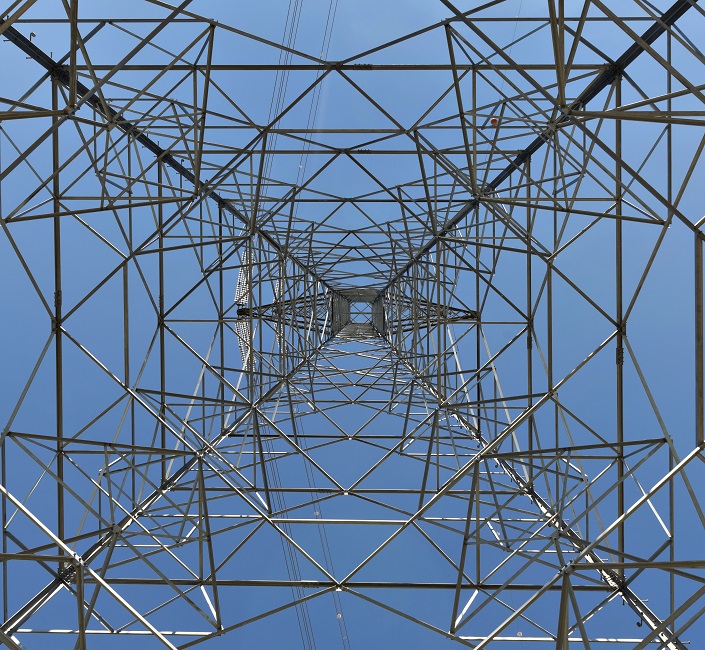GE Hitachi expands Exelon analytics learnings to US nuclear fleet
A joint data-analytics project between GE Hitachi and Exelon has predicted actionable plant faults months in advance and GE Hitachi plans to integrate the models with other operators from early next year, Mona Badie, Chief Digital Officer, GE Hitachi Nuclear Energy, told Nuclear Energy Insider.

Related Articles
GE Hitachi and Exelon Generation joined forces in 2015 to develop software tools and apps that use Big Data analytics to enhance the performance of nuclear power plants.
The partnership has produced 2 pilots: Watchtower, which uses machine data to manage and predict asset performance and enable condition based maintenance, and Lighthouse, a co-innovation project that predicts negative operational events based on human performance factors. Exelon subsequently signed an Enterprise Agreement to use GE's Industrial Internet of Things (IIoT) platform Predix and leverage GE Hitachi digital applications.
Digitization of the U.S. nuclear fleet is seen as key to reducing operation and maintenance (O&M) costs and increasing the competitiveness of nuclear power amid rising gas-fired and renewable energy capacity.
In December 2015, the Nuclear Energy Institute (NEI) launched the Delivering the Nuclear Promise (DNP) Strategic Plan, calling on operators to reduce generating costs by 30% between 2016 and 2018. The DNP plan was launched after data showed nuclear plant costs rose 28% between 2002 and 2014, peaking in 2012.
By December 2016, NEI’s DNP plan had identified $625 million in industry-wide savings through the issuance of more than 40 Efficiency Bulletins, NEI said. A further 20 efficiency bulletins were published in January-November 2017, according to NEI's website.
In 2016, GE Hitachi reported its digital solutions, including asset performance management, operational performance and outage management, aligned with almost half of the savings drivers identified to meet the DNP objectives.
The Lighthouse project with Exelon has achieved some powerful results, accurately predicting actionable fault events more than three months in advance, Badie told Nuclear Energy Insider.
Built on GE’s Predix platform, the Lighthouse system accessed five years of data analysis across Exelon’s Boiling Water Reactor (BWR) and Pressurized Water Reactor (PWR) fleet to identify data points to build and train predictive models.
Recent enhancements have improved the sensitivity of the models and improved the user interface, Badie said.
"Our next step is to work with other customers, and train the models with their data sets, making the models more robust and flexible. This work will start Q1 2018,” she said.
US nuclear operating costs ($bn)
(Click image to enlarge)
Chart source: Nuclear Energy Institute's 'Nuclear Costs in Context' report, August 2017.
Data source: Electric Utility Cost Group
The Industrial Internet
Accenture has estimated the global value of the IIoT could be $14.2 trillion by 2030 and worth up to $7.1 trillion in cumulative GDP to the U.S. economy, according to a 2015 report.
The prevalence of IoT devices will vary between industrial sector and estimates over the total number of connected smart devices vary widely.
Technology research firm Gartner forecasts 20 billion smart devices will be connected by 2020 while CISCO reportedly predicts 50 billion devices.
Other recent projects in the nuclear sector include a partnership between Areva and IBM’s Watson Internet of Things, announced in March.
Areva and IBM are developing an analytics solution for nuclear operators based on Watson IoT technology. The platform combines data from physical machines or databases with machine learning tools to continuously improve maintenance schedules and optimize limited utility resources, Areva said in a statement.
The Watson IoT system will give operators a “360-degree view” into critical components such as reactor coolant pumps, Craig Ranson, vice president of Installed Base America at Areva, said.
Co-innovation
GE Hitachi and Exelon's Lighthouse project started as a pilot to see whether data analytics could predict plant events and characteristics-- including scrams (fast shutdowns), capacity factors and forced loss rate-- using historical human performance data.
Using hypothesis testing, the teams studied whether data on human performance factors would be able to predict events. GE Hitachi data scientists created models to test the hypotheses and Exelon provided technical expertise on data selection. In parallel, developers created an optimized user interface on the Predix platform.
As Predix is an open platform for the IIoT, any developer can build applications onto it. Operators can also upload micro services and apps they create for others to access and use.
On October 18, GE announced it had partnered with technology giant Apple to deliver predictive data and analytics from Predix to the iPhone and iPad.
The new Predix development software kit (SDK) for Apple's iOS will give developers the tools to create their own IIoT apps, Badie told Nuclear Energy Insider.
“These apps will give industrial operators more insight and visibility into the performance of their equipment and operations right from their iPhone or iPad,” she said.
By Karen Thomas

